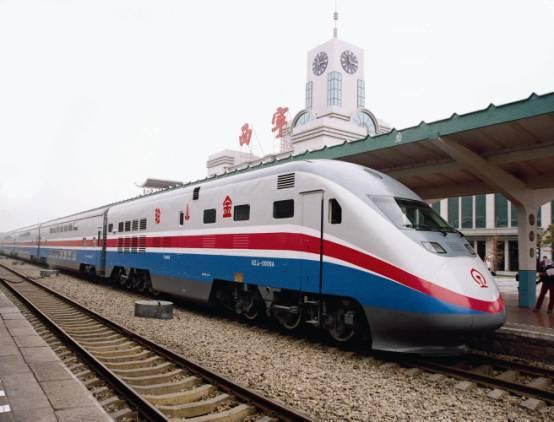
GOLMUD, Qinghai: The meadow turf built on the earthen slopes flanking the Qinghai-Tibet Railway has been chosen as a model project by railway construction headquarters officials.
The project was done by a 25-member Tibetan team headed by Lobsang Tubdain, deputy magistrate of Xiagyang Township of Shannan Prefecture in the Tibet Autonomous Region.
The team came to build the project the highest railway in the world as volunteers for the job, given the danger, and were assigned to build up turf on slopes along the railway line.
Due to lack of experience, Lobsang Tubdain organized the Tibetans to study lawn-building books borrowed from the engineering library at night and to practise what they had learned in the daytime.
The workers also asked the advice of technicians on how to make turf live in a cold and oxygen-deficient region.
When they saw the turfs they had transplanted become green and luxuriant, the whole team performed a Tibetan folk dance. And the project has won high praise from leading officials of the State Environmental Protection Administration and the Ministry of Railways. Workers of other railway units have been sent in to learn from the team"s experience.
There are numerous similar examples in which Tibetans have become the main force in constructing the railway, which will link Xining, capital city of Northwest China"s Qinghai Province, with Lhasa, capital of the Tibet Autonomous Region in Southwest China, with a total length of 1,925 kilometres.
The 815-kilometre section from Xining to Golmud of Qinghai opened to traffic in 1984 and construction of the 1,080-kilometre section from Golmud to Lhasa started in late June 2001. A 960-kilometre section is over 4,000 metres above sea level.
Zhaxi Lhobu led 400 other Tibetans in Damren Township of Damxung County of Tibet to work at the construction site.
"The Qinghai-Tibet Railway is built for us Tibetans. Of course we should do our part," he said.
An estimated 7,800 Tibetans are working on the railway line. More than 100 Tibetan workers have been commended by construction units at different levels since work on the railway started in 2001, said Huang Difu, an official of the railway construction headquarters.
The project is scheduled for completion in six years. The railway will later be extended to Shigaze and Linzhi in Tibet, and Yunnan Province in Southwest China.





